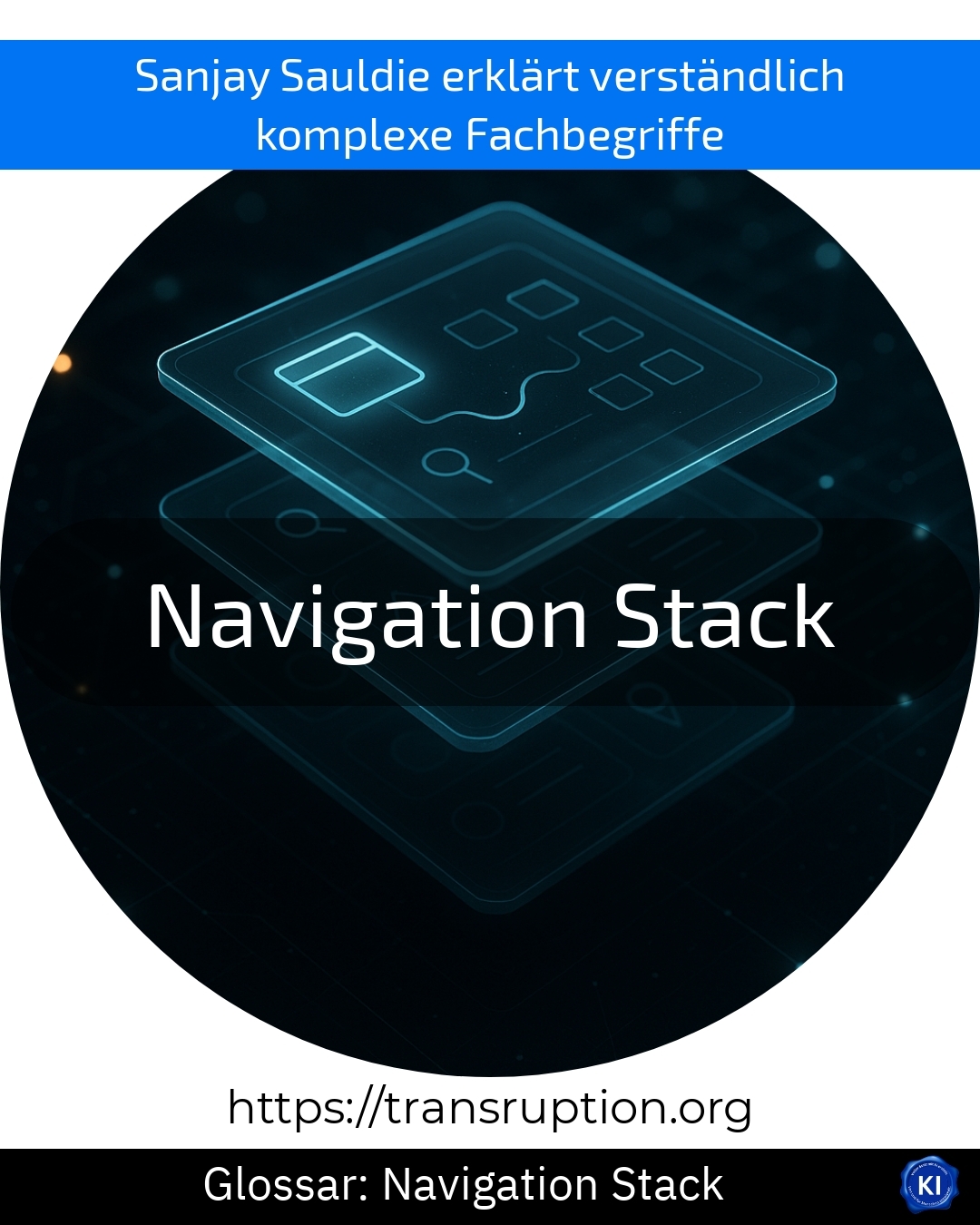The term navigation stack originates from the fields of robotics, industry and Factory 4.0 as well as artificial intelligence. A navigation stack is a kind of construction kit made up of software modules that enables robots to move safely and purposefully in their environment.
In practical terms, this means that a navigation stack helps a robot to recognise where it is, where it should go and how it can avoid obstacles. Various sensors, such as cameras or distance sensors, provide the necessary information. The software then analyses the data, plans the best route and controls the robot accordingly.
A classic example: In a modern factory hall, a warehouse robot has to move goods from point A to point B independently. Thanks to the navigation stack, the robot can independently select the shortest and safest route, recognise obstacles such as people or other machines and avoid them without bumping into them or stopping.
To summarise: Navigation stacks enable robots to navigate autonomously and safely, which plays a central role in industry and in the development of intelligent robotics.















